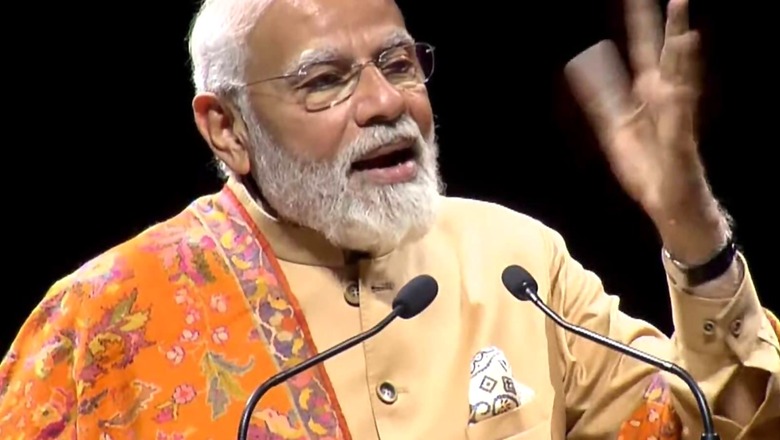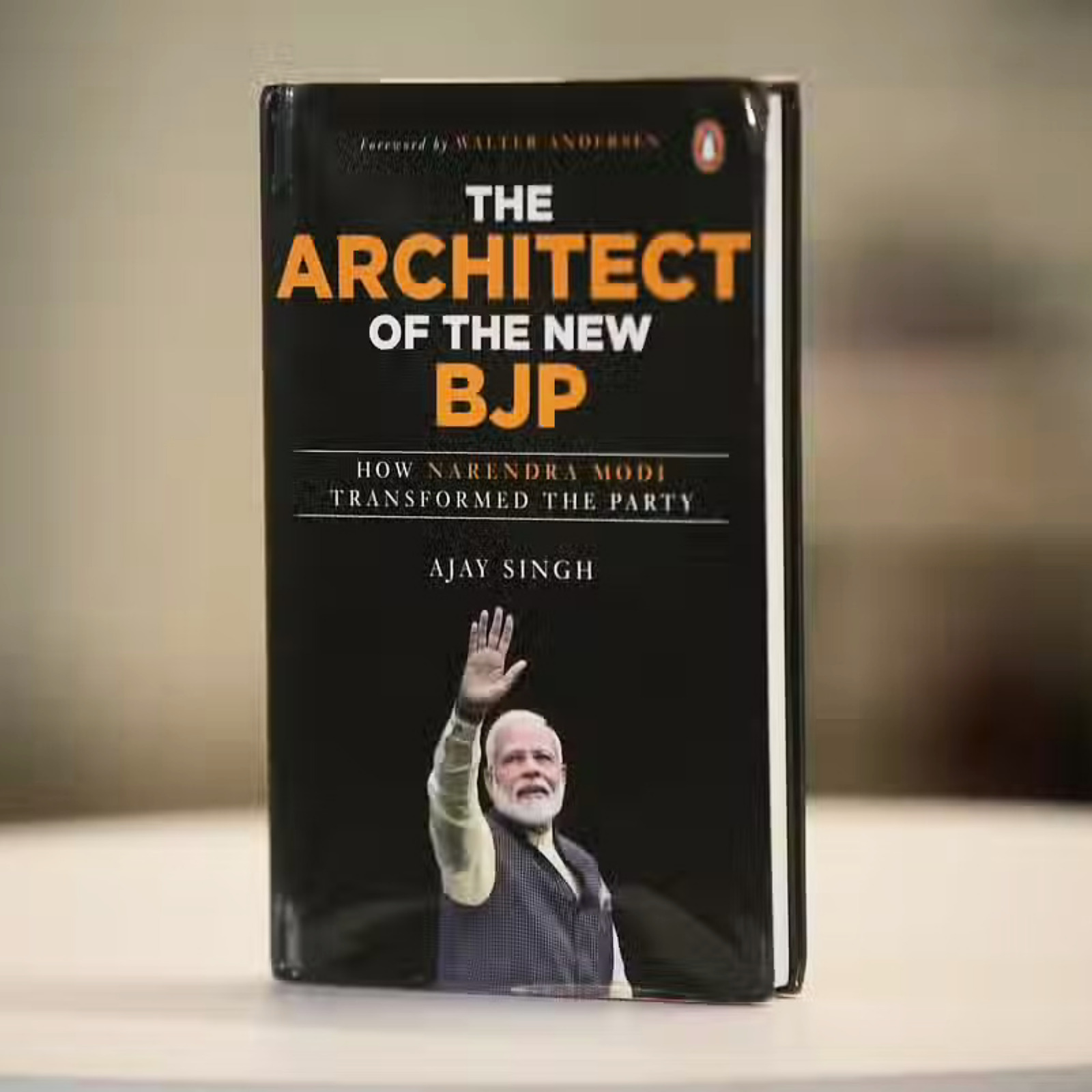
views
‘Sangha Shakti Kaliyuge’ is the motto often found inscribed in the buildings that run the activities of the Rashtriya Swayamsevak Sangh (RSS). As the motto connotes, the founding principle of the RSS lays emphasis on the collectivity of society and the building up of a rashtra, nation, as a corporal entity. At the shakhas, or the morning drills conducted by RSS volunteers, all across the country, this training inculcates a sense of discipline and organising skills among volunteers. They play games, sing in chorus and take the collective vow to protect the motherland, which they address as ‘Maa Bharti’, or Mother India.

As the RSS and its affiliates have grown in size and influence, there have been many scholarly books dealing with this organic growth and dynamics that have influenced the course of Indian politics. This book is focused exclusively on the organisational skills of one individual: Narendra Damodardas Modi. I first heard about him when a superintendent of police in Uttar Pradesh (UP), who was escorting the then BJP president Murli Manohar Joshi’s Ekta Yatra (1990-91) through the state, said in a tone that carried a mix of awe and incredulity, ‘There is someone called Narendra Modi who is managing this yatra in an extraordinary manner.’ Though Uttar Pradesh was then ruled by the BJP, with Kalyan Singh as chief minister, the police escort team had found it difficult to penetrate the inner security ring of Joshi’s cavalcade. ‘Their volunteers are daredevils and drive their Maruti vans in such a manner that it is next to impossible to come near the vehicle carrying Joshi,’ the police superintendent said.
The manner in which he organised the Ekta Yatra bowled over the security agencies in Uttar Pradesh. His micromanagement and hands-on approach galvanized the army of volunteers, who delivered with clockwork precision. Those driving the vans along with the vehicle carrying Joshi were trained to catch recorded instructions on audio tapes on the move and pass it on to the others, to keep everyone on the same page. Volunteers carried fax machines (those were the pre-Internet days) to remain in touch with party offices and media outlets.
What I heard from police officers of UP in 1991 gave me a fair impression of Modi as a highly organised and efficient leader. Though I had not met him, I knew about his traits through sources. It so happened that I moved to Delhi in 1995, when I quit as special correspondent of the Telegraph in Lucknow and joined the Pioneer in the national capital. In my first assignment there as a reporter covering the BJP beat, I ran into Modi at the party’s national executive meeting at the Parliament Annexe. During an afternoon session, I saw him walking towards the main hall, virtually accosted him in the typical reporter style and introduced myself. That was the time when Modi was literally exiled from his home state, Gujarat, and posted in Delhi in order to stave off the factional war within the party, after Shankersinh Vaghela’s revolt against Chief Minister Keshubhai Patel. Modi would have been in low spirits after being shunted out, but he took this change in his stride and was focused on the task ahead.
He was assigned the onerous task of building the party’s base in Haryana, Punjab and Himachal Pradesh. Though was carved out of Punjab following the division of the state on the basis of language — and it appeared next to impossible to overcome this problem.
Modi goaded the state leadership to prepare a composite strategy with short-term objectives and long-term goals. He successfully sewed up an alliance with Bansi Lal in the first stage and enabled the party to become a partner in the ruling coalition headed by the stalwart. But this experiment did not last long, as the BJP soon fell out with Bansi Lal. It then tried an alliance with Chautala, which, too, did not work.
The experiment with coalition politics is indeed a side story. What was really significant was the base Modi built in the state and how he projected the BJP as an alternative political force. In district after district, he mobilised cadres and disabused them of the notion that caste was the only factor that drove the politics of the state. He came up with out-of-the-box ideas, like fielding a Kargil war martyr’s widow, Sudha Yadav, in Lok Sabha election, even though sections of the party had opposed the move.
Similarly, he asked the party’s state unit leaders to rope in young people from diverse social backgrounds and train them in party work. He insisted on building infrastructure — he wanted the party to have its own offices — pushed for computerisation and held training sessions for newcomers. The majority of them were not steeped in the culture and values imbibed from the RSS shakhas, but the discipline and values were inculcated in them by making them undergo a series of training sessions. In Modi’s view, training is a science which helps mould people’s minds, and it is an essential ingredient in building an organisation.
Ajay Singh is a journalist with 35 years of experience. Currently, he is the press secretary to the President of India. The article is an edited excerpt from Ajay Singh’s book, ‘The Architect of the New BJP: How Narendra Modi Transformed the Party’, published by Penguin. The views expressed in this article are those of the author and do not represent the stand of this publication.
Read all the Latest News, Breaking News, watch Top Videos and Live TV here.




















Comments
0 comment